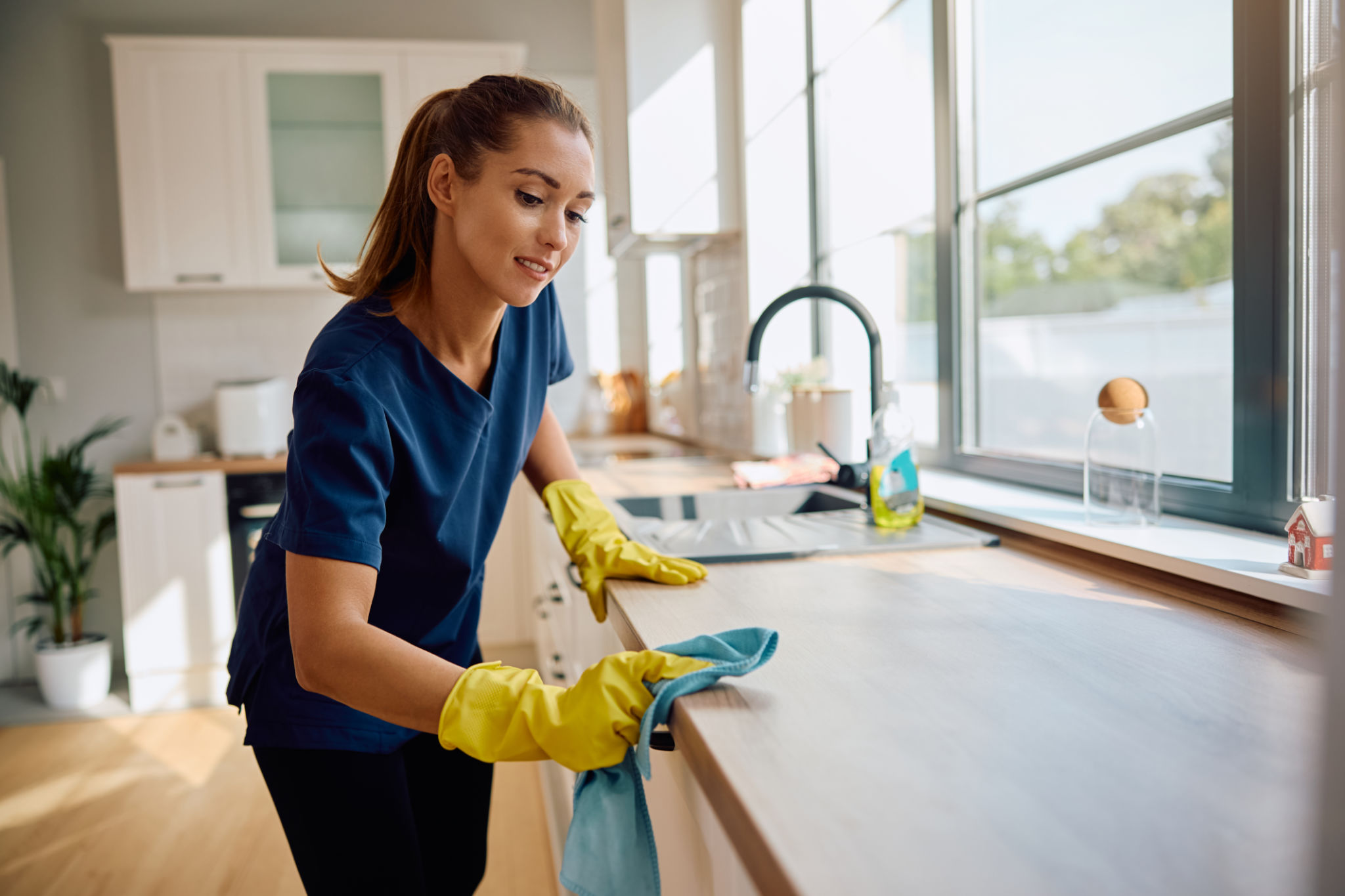What Surfaces Can Be Safely Power Washed? A Homeowner's Guide
Understanding Power Washing
Power washing, also known as pressure washing, is a highly effective method for cleaning various surfaces around your home. It uses a high-pressure water spray to remove dirt, grime, mold, and other contaminants. However, not all surfaces are suitable for power washing, and using it improperly can cause damage. In this guide, we'll explore which surfaces can be safely power washed and how to do it effectively.

Safe Surfaces for Power Washing
Several surfaces in and around your home can handle the intensity of power washing. Here are some of the most common:
- Concrete driveways and walkways: These are durable and can withstand high pressure. Power washing is ideal for removing oil stains and grime.
- Brick surfaces: Bricks can be safely power washed, but it's essential to use a lower setting to avoid damaging the mortar.
- Wooden decks: While wood can be power washed, it's crucial to use a low-pressure setting to prevent splintering or gouging the wood.
Cautious Areas for Power Washing
Some surfaces require more caution when using a power washer. Let's take a closer look:
- Siding: Vinyl and fiber cement siding can be power washed but at a low-pressure setting to avoid water seeping behind the siding.
- Fences: Wooden fences should be handled similarly to wooden decks, with careful pressure control to avoid damage.
- Outdoor furniture: Most outdoor furniture can be safely cleaned with a power washer, but ensure you use a gentle setting.

Surfaces to Avoid Power Washing
While power washing is versatile, certain surfaces are best left untouched by high-pressure water. These include:
- Asphalt shingles: The high pressure can strip away granules, leading to premature roof wear.
- Painted surfaces: Power washing can peel or chip paint unless it's specifically designed to be pressure-resistant.
- Old or damaged surfaces: Any surface with existing damage is at risk of further deterioration under high pressure.
Best Practices for Power Washing
For the best results when power washing, follow these guidelines:
- Test a small area first: Before tackling the entire surface, test a small, inconspicuous area to ensure it won't cause damage.
- Use the correct nozzle: Different nozzles provide varying degrees of pressure and spray patterns. Choose the right one for your surface.
- Maintain an appropriate distance: Stand at a safe distance to prevent surface damage and ensure even cleaning.

The Benefits of Power Washing
When done correctly, power washing offers numerous benefits. It not only improves your home's curb appeal but also extends the lifespan of surfaces by removing corrosive substances like mold and algae. Regular cleaning can prevent costly repairs down the line and keep your home looking fresh and well-maintained.
If you're unsure about whether a surface is suitable for power washing, consult with professionals who can provide guidance or perform the task safely. By understanding which surfaces can be power washed and how to do it properly, you can keep your home in excellent condition while avoiding unnecessary damage.
